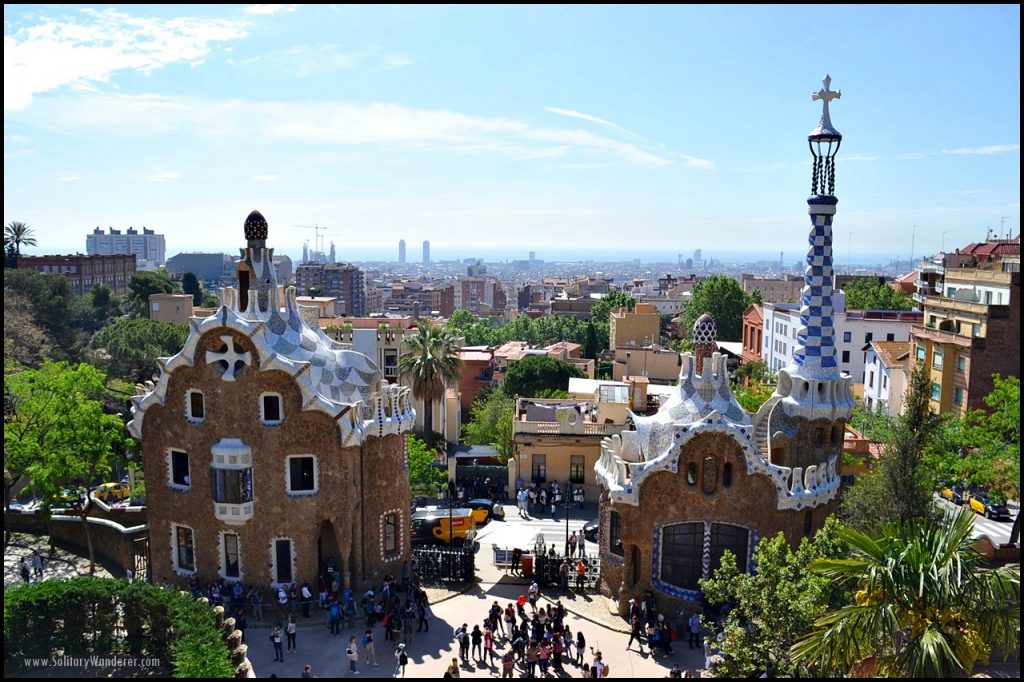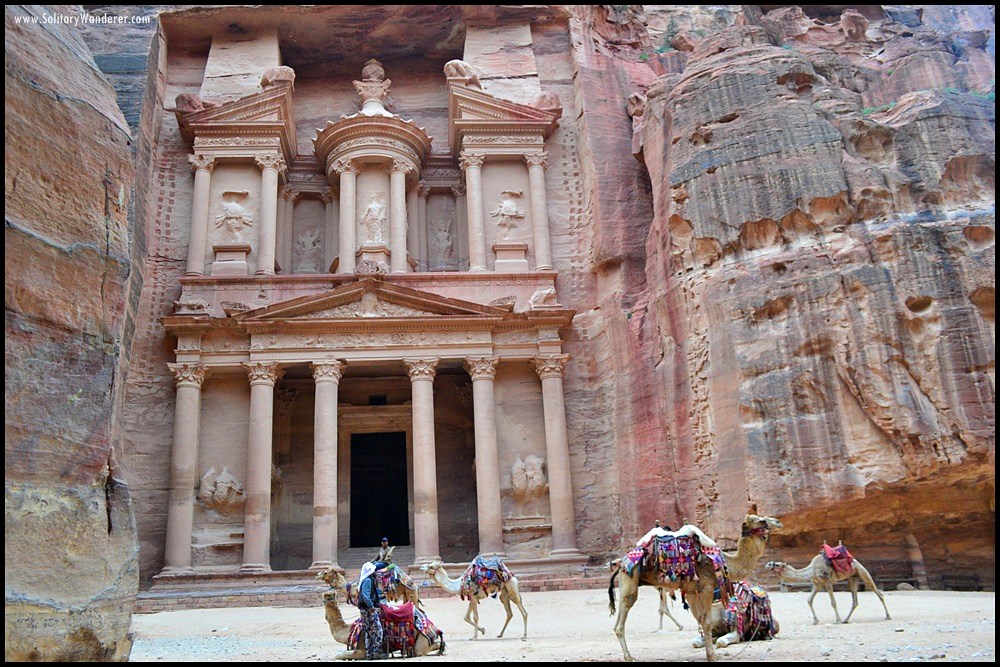
This website uses cookies so that we can provide you with the best user experience possible. Cookie information is stored in your browser and performs functions such as recognising you when you return to our website and helping our team to understand which sections of the website you find most interesting and useful.















6 Comments. Leave new
I haven’t been there but I looks forward to getting there next year … pumped!
Oh it is so beautiful! You would love it.
This park gives you the feeling that you landed in Fantasyland or Fairyland. It’s so whimsical and beautiful, you’d feel light and happy after the visit.
I agree. That’s what I love about Gaudi the most!
Wow! They look like gingerbread houses, dwarven homes, and elven abodes! 🙂 Amazing artwork as well. We would love to visit here.
Gaudi’s work really border on fantasy. Love his work!